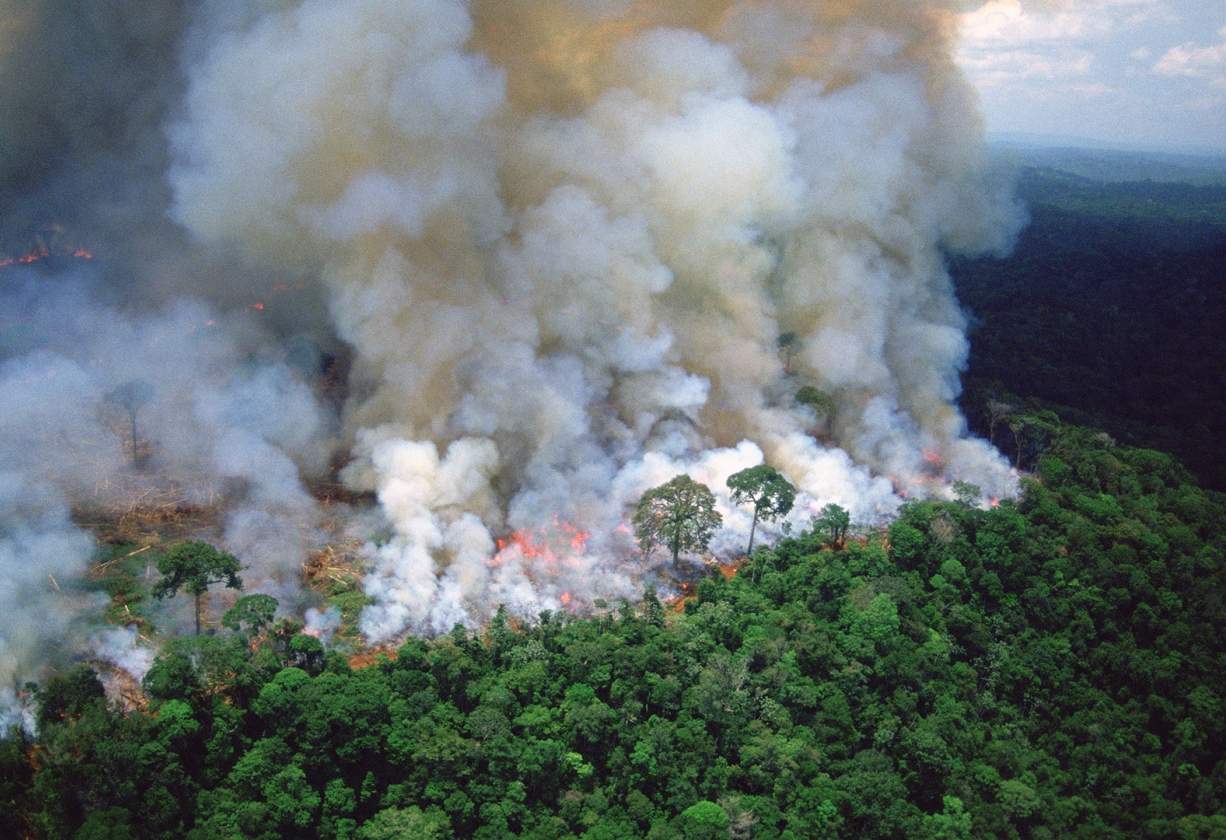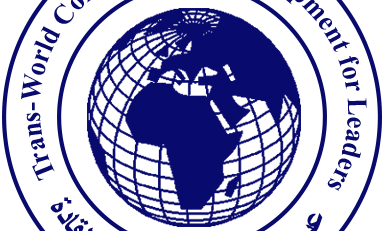Pillar Report – The Environmental Crisis and Climate Change in the Second Half of 2021
Sustainable Development Goal Thirteen 2030: Climate Action.
There is no country in the world that does not directly suffer from the serious effects of climate change. Greenhouse gas emissions are still rising, today they are 50 per cent higher than their levels in 1990. Moreover, global warming is causing long-term changes to our climate system, which threatens with irreversible consequences if we do not take the necessary mitigation and adaptation measures today.
Annual losses from earthquakes, tsunamis, tropical cyclones, floods and fires average hundreds of billions of dollars, which requires investments of $6 billion annually in disaster risk management alone.
Unprecedented Heat Wave
At the end of last June, an unprecedented heat wave hit western Canada, caused by high pressures trapping hot air. The country has set record temperatures several times, the last of which was 49.6 degrees Celsius in the village of Leighton on June 30. The US states of Washington and Oregon were also affected by that wave. According to statistics, there are at least hundreds of deaths.
This heat wave is considered “almost impossible” without the warming caused by human actions, according to scientists from the “World Weather Attribution” group. According to them, climate change has made this event at least 150 times more likely.
Heavy Rain in Western Europe
On July 14 and 15, major floods killed at least 209 people in Germany and Belgium with dozens more missing. Floods swept through dozens of populated areas.
In her statement, German Chancellor Angela Merkel described the damage caused by the floods in western Germany as “frightening” and “unbelievable.” She also called for accelerating the fight against climate change, noting that the damages caused by extreme weather events “are greater than in the past.”
Floods in China
According to a Chinese national TV report, floods have hit the centre of the country, leaving 58 dead, and 5 missing since July 16. More than 9.3 million people were affected by these floods, while more than 1.1 million others were evacuated to safer places, according to a report by the Chinese “Xinhua” agency.
According to the statistics of the “Global Times” agency, official figures indicate that the floods damaged areas of agricultural crops amounting to about 215,000 hectares, while causing economic losses estimated at about 1.22 billion yuan (188 million dollars). According to the Zhengzhou Meteorological Bureau, 617 mm of rain was recorded in the region, the highest in 60 years.
Fires in the American West
The fire season in the American West began driven by drought, with eight fires burning in just twenty-four hours and rising to about 80 large fires. According to the latest report issued by the National Information Center, the fires have so far burned 4,680 square kilometers.
Russia Loses about 1.5 million Hectares of Forests due to Fires
Russia has suffered from wildfires on a large scale in recent years, due to global warming, climate change, high temperatures, as well as neglect of public safety rules and a lack of infrastructure.
Climate change that affected the world this year has burned more than 700,000 hectares of forests in the Yakutia region of Siberia, with forest fires continuing in northeastern Russia, but it is estimated that about 1.5 million hectares have been destroyed nationwide. Experts predict that time will not improve until mid-August.
Surface temperature in Turkey and Cyprus
According to the European Space Agency on August 2, the Earth’s surface temperature exceeded 50 degrees Celsius in Cyprus and Turkey for the second time in a month. The forest fires, considered the worst in decades, caused the ignition of large areas of Turkey’s coasts on the Mediterranean and the Aegean Sea. According to scientists from Greece, the record heat wave there is linked to the phenomenon of climate change.
Weather forecasts use predicted air temperatures. The European Space Agency’s Copernicus Sentinel-3 satellite measures the true amount of energy emitted by the Earth and gives the true temperature of the Earth’s surface.
Earth’s surface temperatures are different, and often more extreme, from the air temperatures that are included in weather reports. NASA describes it as “how hot” the Earth’s “surface” is when a particular location is touched.
Algeria Fires
Algeria is experiencing a heat wave, and temperatures are expected to reach 46 degrees Celsius. Climate change has increased the risks of rising temperatures and drought rates, which helps in the outbreak and spread of fires in forests and dry bushes in the region.
According to the latest statistics of the official APS news agency, more than 100 fires broke out in 17 Algerian provinces. This resulted in the martyrdom of 25 members of the Algerian People’s National Army, after they succeeded in rescuing more than one hundred citizens from the blazing fires, in the mountains of Bejaia and Tizi Ouzou.
The world, where to?
A United Nations scientific report, for the current month, August 2021, states that human activity is changing the climate in unprecedented and sometimes irreversible ways. The important study warned of the increasing heat waves, droughts and floods, and the temperature rise at greater rates in more than a decade.
In this regard, efforts to help areas most at risk, such as landlocked countries and island states, adapt to climate change must go hand in hand with efforts to integrate disaster risk reduction measures into national strategies. With political will and a wide range of technological measures in place, the increase in average global temperature can still be limited to two degrees Celsius above pre-industrial levels. This requires urgent collective action by all countries of the world. Scientists say that a catastrophe could be averted if the world moved quickly.
Facts and figures according to the official website of the United Nations Development Program
- As of 2017, humans are estimated to have caused a temperature rise of about 1.0°C above pre-industrial levels.
- Sea level has risen by about 20 cm (8 in) since 1880, and is expected to rise 30-122 cm (1 to 4 ft) by 2100.
- To limit temperature rise to 1.5°C, global net carbon dioxide emissions must fall by 45% between 2010 and 2030, and reach zero around 2050.
- Bold climate action will generate at least $26 trillion in economic benefits by 2030.
- Climate pledges under the Paris Agreement cover a third of the emissions cuts needed to keep the world below 2°C.
- The energy sector alone will create about 18 million additional jobs by 2030, with a particular focus on sustainable energy.
-Department of Studies and Media.












Leave a Reply